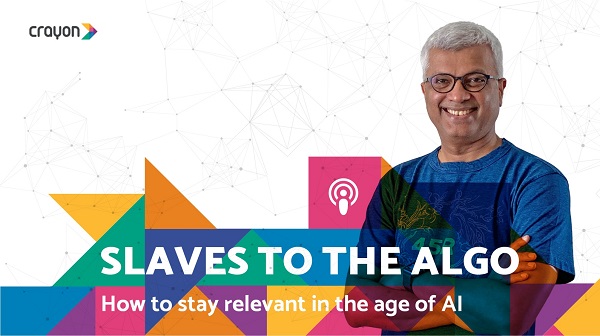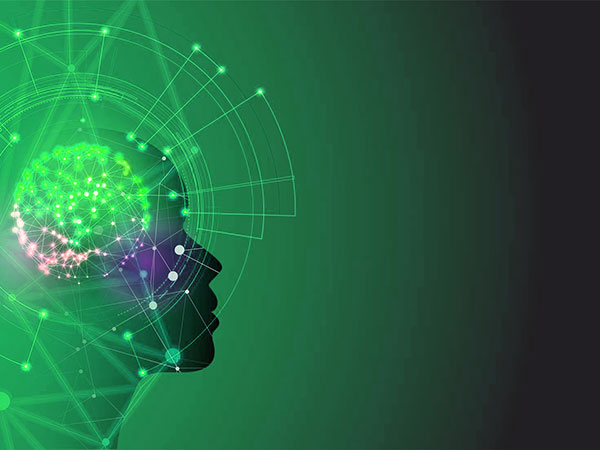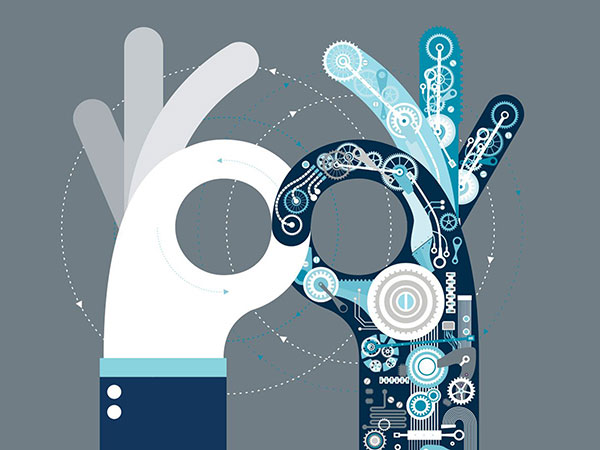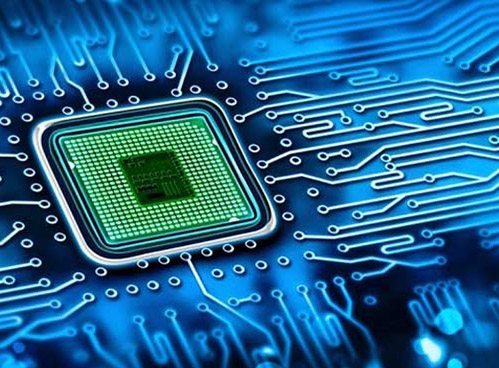Artificial intelligence is known widely by its initials ‘AI’, is human intelligence programmed into machines giving them the capacity to think and act logically. Computers can store, process and retrieve huge amounts of data in a very short time. Coupled with intelligence, machines do an effective job of finding patterns in variables and predicting and modeling functions accurately. Hence AI has found great application in problem-solving and learning. The technology is taking over industries such as transport through the advancement of self-driving cars, security through speech and facial recognition and now education through tutoring. AI is taking over the classroom at an alarming rate, let us explore the many different ways it is doing so.
The use of AI tutors
AI tutoring systems already exist and they are improving so fast. They have two great advantages over human teachers; they do not get tired and they can be accessed from anywhere. As long as the student is set, all they need to do is turn on their computers and start learning. Artificial intelligence tutors function by providing accurate answers to questions and help students learn to speak languages through chatbot such as Duolingo.
Dramatic presentation of AI tutor (Medium.com)
AI tutors can be partners of human teachers too, like sidekicks, they help them plan lessons and monitor the progress of their students. One great example is the iTalk2Learn online learning system that uses machine learning to assist teachers to compile personal lesson plans. Another great example of an AI sidekick tutor is the Thirdspace Learning online platform that identifies where students are having problems grasping concepts in maths and alerts the teacher before the problem grows.
Individualized learning
The biggest hurdle to individual student improvement in the classroom is the generalization of learning. Different students have different capacities and styles of grasping concepts. When subjected to the convectional learning practice of lecturing and note-taking, up to half of the class may fall back creating two unfair categories known as fast learners and slow learners. The fact is there is no such thing as a slow learner. This has been evident through students who perform poorly in class theoretical subjects but do well in practical fields when they step into the outside world.
AI can easily track and keep an accurate account of how every student learns and custom-tailor learning programs for each one of them. AI software can also help students check their work for originality before submission through a free plagiarism checker for students. They can be confident that their work is in good quality with the use of machine learning assistance. Examples of adaptive programs that help in individualized learning are educative games that work well with playful students and animations for visual and imaginative students.
Emotional monitoring
One of the greatest advancements in the use of AI in the classroom is in emotional monitoring. This is achieved through machine reading of facial expressions, gestures, and movements of students to derive important information such as involvement during lessons and distractions. These AI emotional monitoring systems are used to recognize and analyze how students respond to different methods of teaching so that the tutor can focus on the most effective ones. They also analyze class dynamics so that teachers can easily manage their students. They will identify which students readily collaborate and which students like to work alone and give recommendations for group formations for class projects.
The application of Emotional intelligence in class is not an easy task for teachers. Most of them do not want to get involved in the personal lives of their students because it complicates the learning process and creates biases. Emotionally intelligent Machines are fair observers and executors and that’s why they are better placed to handle emotions in the classroom.
Attendance roll marking
Facial recognition software was developed primarily for security functions. The technology has now been improved upon and adopted by learning institutions to mark class attendance. This AI technology eliminates the need for students to manually sign attendance registers; an activity that is usually compromised when students sign in for their friends. Now all one has to do is walk into class and a Facial Recognition camera will pick up on their face and sign them up for the day.
FR Technology for students (nyclu.org)
Attendance roll marking is also achieved through fingerprint scanning. Students place their finger on a fingerprint slot machine that adds data on their attendance record every time they show up or do not show up in class. This data is accurate and it qualifies to be processed and used for grading purposes. It is also easy to identify intruders that may access educational institutions with the motive of committing crimes such as theft, vandalization of school property and even mass shooting.
Automation of grading
Teachers dedicate a lot of their time in grading students from their assignments, contributions in class and occasional tests. Marking exams and giving grades to a whole lecture hall of students especially in colleges can be a tedious job. With AI platforms such as BakPax, teachers can now automate grading for multiple-choice questions and fill-in-the-blank tests. An entire exam, done by thousands of students across the country can be marked and graded in a matter of days.
Hopefully, AI will be able to read and interpret ideas to grade essays and written exams in the near future. As grading software keeps advancing, teachers will find more time to interact with their students and focus on in-class activates and maybe even set aside time for personal development.
Conclusion
AI is improving the lives of the learners and their experiences in the classroom, no doubt. Students are more engaged and are taking in concepts much faster. Teachers too are finding it easier to focus on teaching and leave all other activities that can be automated to their machine counterparts. There has been concern however of AI replacing human teachers in the long run. As to how AI will affect careers in teaching is a matter that needs to be witnessed, it is difficult to make accurate predictions currently. If the benefits of using AI in the classroom far outweigh the disadvantages, then the technology, for all intents and purposes, needs to be embraced.























